Lassen Volcanic is a relatively undiscovered and unfairly overlooked national park in northern California. Its primary feature is the now dormant Lassen Peak volcano (also known as Mount Lassen), which last erupted between 1914 and 1917.
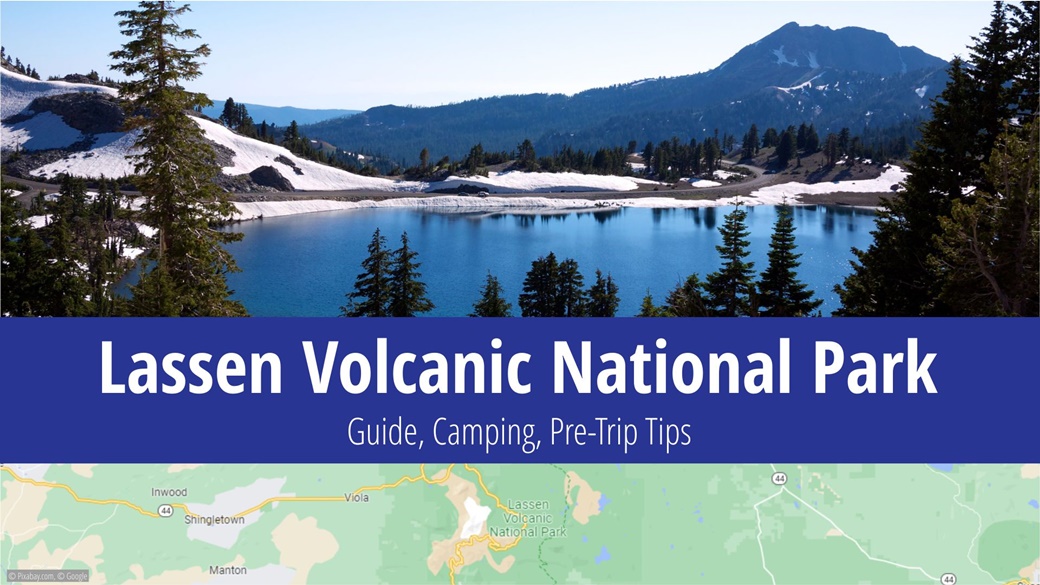
Table of Contents
- Information About Lassen Volcanic National Park
- What to See and Do in Lassen Volcanic National Park
- When to Visit Lassen Volcanic National Park
- Admission to Lassen Volcanic National Park
- Directions to Lassen Volcanic National Park
- Accommodation in Lassen Volcanic National Park
- Things to Know Before Visiting Lassen Volcanic National Park
- Photos of Lassen Volcanic National Park
Information About Lassen Volcanic National Park
Its eruptions may have been a grand salute to the establishment of a national park designed to safeguard the local wildlife. Lassen Peak and Cinder Cone volcanoes were first designated as a national monument in May 1907, and were upgraded to a national park status along with the entire area on August 9, 1916.
Lassen Volcanic National Park straddles the border of the southern part of the Cascade Range and the northern fringe of the Sierra Nevada. Volcanic activity has shaped the landscape from its inception, with over 30 local volcanoes erupting in the past 300,000 years. Most of these are within 12 mi of the erstwhile Mount Tehama volcano, which first rose and then collapsed 200,000 years later.
The highest volcano today is the aforementioned Lassen Peak at 10,456 ft, while other notable volcanoes include Brokeoff Mountain (9,236 ft), Mount Diller (9,088 ft), Pilot Pinnacle (8,885 ft), Mount Harkness (8,045 ft), and Cinder Cone (6,906 ft).
The park covers a total of 166 sqmi, which makes it one of the smaller parks. In 2021, it was visited by 359,635 people.
Lassen Volcanic National Park is home to 300 species of vertebrates, including birds, mammals, reptiles, amphibians, and fish. In areas below 7,800 ft elevation, which constitutes the majority, black bears, white-tailed deer, martens, American shrikes, mountain titmice, the long-tailed axolotl amphibian, and several species of bats are most commonly found.
The forests at the higher elevations of the park are dominated by stately firs, mountain pines, or contorted pines, while the lower elevations are covered by ponderosa pines, Jeffrey pines, sugar pines, and Douglas firs.
What to See and Do in Lassen Volcanic National Park
Lassen Volcanic National Park primarily features volcanoes and eruptions. The latter are well documented by the photographs in the Loomis Museum near the visitor center. The museum is open from the latter half of May to the end of October.
Visiting the park is most convenient by car, just take the nearly 31 mi long Lassen Volcanic National Park Highway. And be sure to make a few stops – you’ll receive a map of each location when you enter the park:
Sulphur Works
Close to the southwest entrance of the park, you’ll find the Sulphur Works site, with geothermal springs, fumaroles (visible gases emitted by the volcano), and a mud pit.
Bumpass Hell Overlook
An overlook offering views of where Brokeoff Volcano once stood.
Lassen Peak Parking Area and Viewpoint
The highest point in the park accessible by road stands at 8,510 ft above sea level.
Kings Creek Meadow Scenic Pull-out
A pull-off with Lassen Peak volcano in the background. This is an ideal spot for taking souvenir photos.
North Summit Lake Picnic Area and Loop Trail
A fantastic spot for a snack, followed by a walk along the hiking trail.
Devastated Area
Another notable area is the aptly named Devastated Area in the northern part of the park. This area was significantly affected by the Mount Lassen volcano eruption, and restoration efforts are still ongoing.
This tour should take 1-2 hours, depending on how long you spend at each site.
Hikers will also appreciate the park’s 150 mi of marked trails. The shortest is merely 1,312 ft long, and the longest is a 18 mi stretch of the popular Pacific Crest Trail, a well-known trail stretching from the Canadian border to the Mexican border.
There are two trails worth recommending. The first is the 5 mi long Lassen Peak Trail, which leads you to the highest point in the park in 3-5 hours. The second is a 4 mi trail that stretches to the top of Cinder Cone volcano. The entire trail takes about 3 hours to complete, and you’ll ascend 846 ft in elevation.
The park is home to several lakes, the most popular of which are Juniper Lake, Manzanita Lake, Butte Lake, and Summit Lake. All these lakes can be accessed by canoe or kayak. Best of all, you can rent a boat at the Manzanita Lake Camper Store.
Thanks to the plentiful snow, snowshoeing is a favored winter activity. The adventurous can undertake a 3-day hike to the top of Lassen Peak volcano, where they will ascend 3,698 ft and cover 20 mi.
When to Visit Lassen Volcanic National Park
While the national park itself is accessible throughout the year without restrictions, the roads and some facilities inside Lassen Volcanic may close due to snow from October until the end of June. Therefore, it’s advisable to check the current conditions before you set off.
Generally, the best time to visit Lassen Volcanic National Park is from mid-July to early September. For the rest of the year, much of the area is blanketed in snow.
Summer temperatures range between 39 °F at night and 77 °F during the day. In January, the coldest month, they hover around 50 °F during the day and can drop to -13 °F at night.
Average Temperatures and Visitor Numbers in Lassen Volcanic National Park
The average temperatures in Lassen Volcanic National Park at Manzanita Lake, at an altitude of 5,850 ft, are given below. Visitor numbers are based on a 2017-2021 average, with data sourced from the National Park Service.
| Max Temp | Min Temp | Precipitation Days | Visitors | Popularity | |
|---|---|---|---|---|---|
| January | 50 °F | 12 °F | 10.1 | 9 644 | 🟩 |
| February | 52 °F | 12 °F | 9.8 | 7 661 | 🟩 |
| March | 54 °F | 16 °F | 10.3 | 8 107 | 🟩 |
| April | 61 °F | 23 °F | 7.1 | 15 076 | 🟩 |
| May | 70 °F | 28 °F | 5.7 | 34 750 | 🟨🟨 |
| June | 79 °F | 34 °F | 2.8 | 75 529 | 🟥🟥🟥🟥 |
| July | 84 °F | 39 °F | 0.7 | 116 762 | 🟥🟥🟥🟥 |
| August | 84 °F | 39 °F | 0.7 | 81 343 | 🟥🟥🟥🟥 |
| September | 79 °F | 36 °F | 2.1 | 65 648 | 🟧🟧🟧 |
| October | 70 °F | 30 °F | 4.7 | 50 699 | 🟧🟧🟧 |
| November | 55 °F | 21 °F | 8.8 | 10 510 | 🟩 |
| December | 50 °F | 14 °F | 10.5 | 8 158 | 🟩 |
Admission to Lassen Volcanic National Park
During the peak season from April 15 to November 31, the admission fee for Lassen Volcanic National Park is $30. This fee covers entrance for a vehicle and its occupants for up to 7 days. Entrance for motorcycles is $25, whereas pedestrians and bicyclists can enter at $15.00 per person.
During the off-peak season, from December 1 to April 14, admission prices are reduced. For a vehicle, the entrance fee is $10.00, and for pedestrians, the fee is also $10.00 per person.
If you’re planning to visit multiple parks, consider purchasing the America the Beautiful pass. For $80, it provides unlimited access to all USA National Parks for one year from the date of first use.
Directions to Lassen Volcanic National Park
The most convenient way to reach the park is by private vehicle, as public transportation options are limited. You can access the park through five different entrances:
- The northwest entrance is located on Highway 44.
- The southwest entrance is situated on Highway 36.
- Access to Butte Lake is via an unpaved road east of the hamlet of Old Station.
- Juniper Lake can be reached by a partially paved road, which you can find off Highway 36.
- Warner Valley is accessible via a road north of the town of Chester.
If you’re coming from the direction of Oregon or Eureka, it’s best to use the northern entrance. When traveling from San Francisco, Los Angeles, Las Vegas, or Salt Lake City, the southern gate is preferable. Below, you can find routes and driving times from several nearby cities – save these maps to your phone for easy access during your trip.
| Origin / Destination | Distance | Driving Time | Map |
|---|---|---|---|
| Las Vegas | 569 mi | 9 hours 20 minutes | View Route |
| Portland | 454 mi | 7 hours 30 minutes | View Route |
| Salt Lake City | 666 mi | 9 hours 45 minutes | View Route |
| San Francisco | 247 mi | 4 hours 20 minutes | View Route |
If you plan to visit outside the summer months, I recommend checking the park’s website for current road conditions. Some years, roads remain closed until June due to heavy snowfall. If you choose to travel to the park in winter, ensure you have snow chains in your vehicle.
Traveling within the park requires a vehicle, in addition to walking. Parking is available at the visitor center or along individual trails. Please note that this is a remote area, and it’s advisable to fill up your gas tank before entering the park. The nearest gas stations are located at Old Station, 14 mi to the north, and Chester, 30 mi to the south of the park entrance.
Accommodation in Lassen Volcanic National Park
🏨 Hotels
The closest accommodations to the park can be found in the city of Chester and its surroundings. These generally include smaller cabins or Bed & Breakfast lodgings.
For overnight stays, motels along the road are more suitable. The popular Motel 6 chain has an outlet in the town of Anderson off U.S. Route 6, to the west of the park. Another Motel 6 is located along the same highway, but a few kilometers to the south in the town of Red Bluff.
⛺ Campsites
Lassen Volcanic National Park houses seven campgrounds, which require you to bring your own tent, sleeping bag, and camping mat.
- Butte Lake
Open from the beginning of June until the end of October, this campground is located at an elevation of 6,099 ft. The nightly fee is $22.00, valid for a single tent site. Flush toilets and running water are only available until mid-September. - Juniper Lake Campground
This small campground, with only 18 sites, is typically open from late June to mid-October. There is no potable water available, and the nightly fee is $32. - Manzanita Lake
The largest campground, with 179 tent sites, is open from late May until the first heavy snowfall. Flush toilets and drinking water are available until mid-October. The fee is $26 per pitch per night. - Summit Lake North
This campground, located at an elevation of 6,699 ft, is open from late June to mid-September. The nightly rate is $24.00. - Summit Lake South
Located near the northern campground, the southern one together with its northern counterpart provide a total of 94 tent sites. A tent site costs $22.00 per night. This lower price can be attributed to the fact that the southern part of the campground does not offer flush toilets. - Southwest Walk-in
Open throughout the year, this campground is situated at the Kohm Yah-mah-nee Visitor Center, and the nightly fee is $16.00. - Warner Valley Campground
This campground is open from early May to mid-October, and the nightly fee is $21.00.
Things to Know Before Visiting Lassen Volcanic National Park
ℹ️ Visitor Center
Before exploring the park, I recommend visiting the Kohm Yah-mah-nee Visitor Center first. It operates from 9am to 5pm, daily from April 1 to October 31, and from Wednesday to Sunday during the rest of the year. The center is located near the southwest entrance of the park.
At the visitor center, you can watch a 20-minute documentary about Lassen Volcanic Park, explore exhibits depicting the park’s rich volcanic activity, and purchase souvenirs, maps, or books.
Adjacent to the visitor center is a café offering refreshments, free WiFi, and restroom facilities.
👍 Useful Tips
If you plan to hike, it is advisable to bring sturdy shoes with non-slip soles, as some trails may still be covered in snow as late as June. Additionally, pack layers of clothing to be prepared for fluctuating temperatures.
Photos of Lassen Volcanic National Park

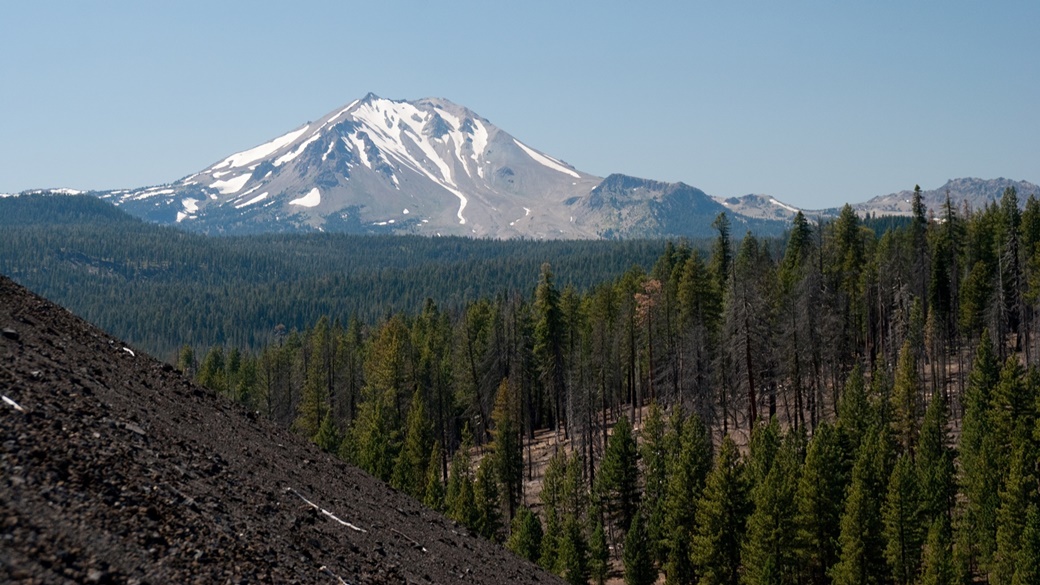
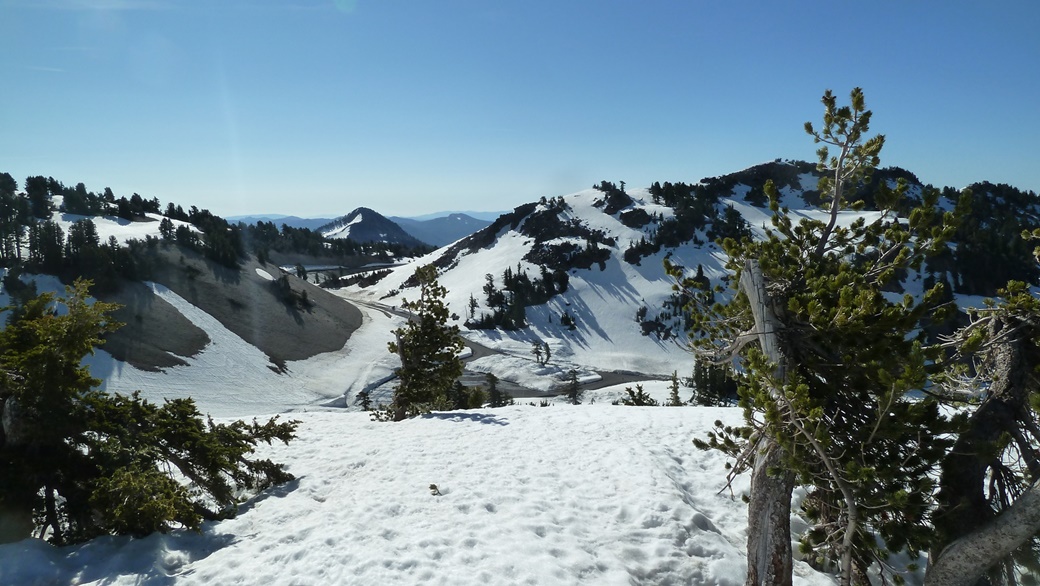

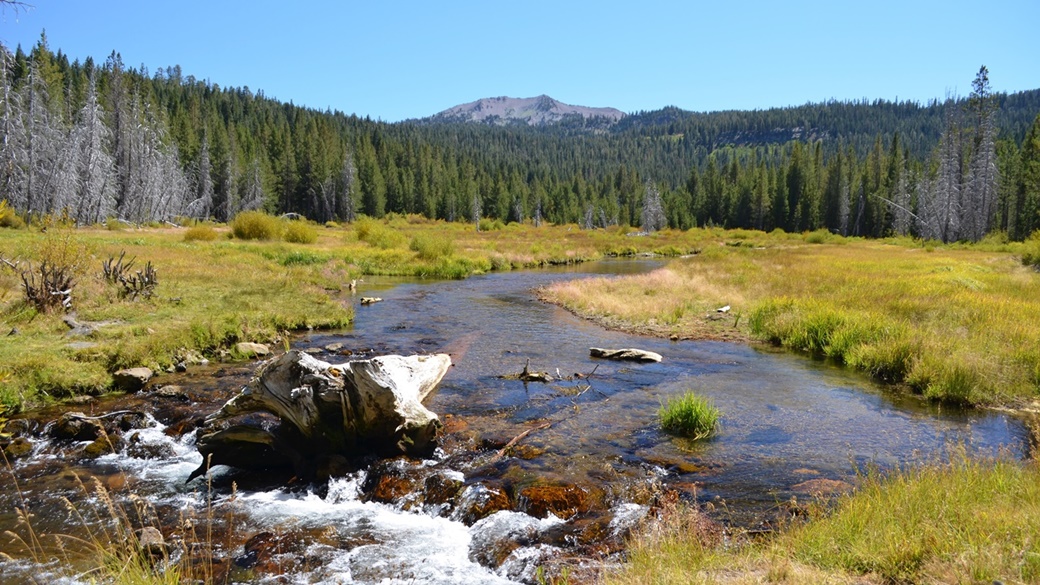
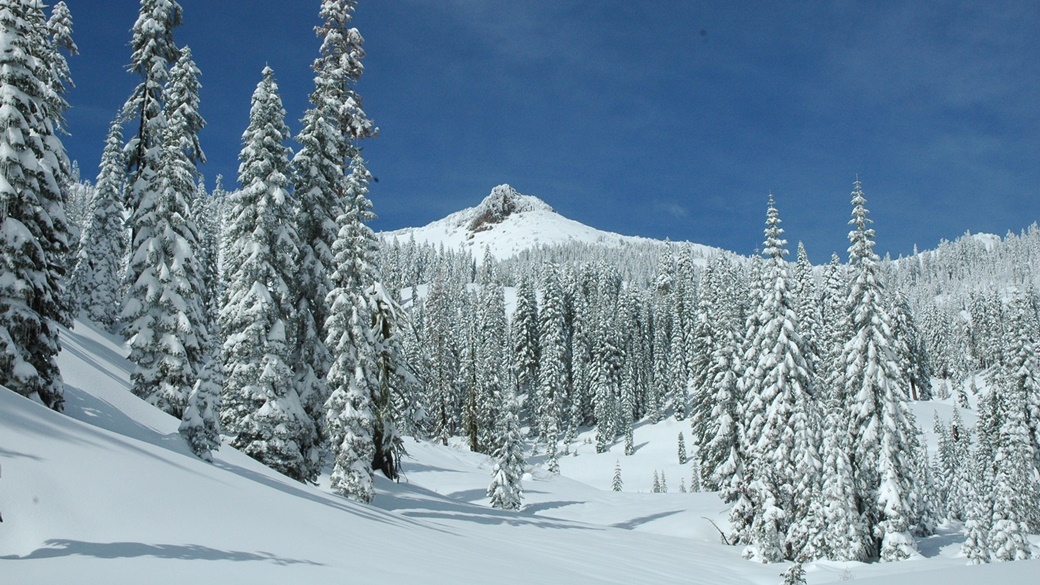
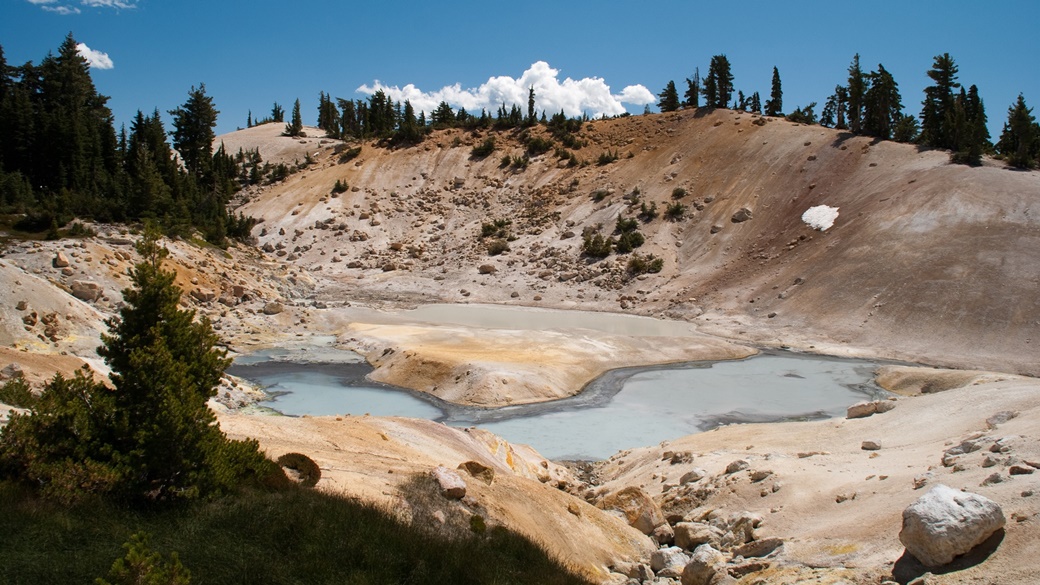
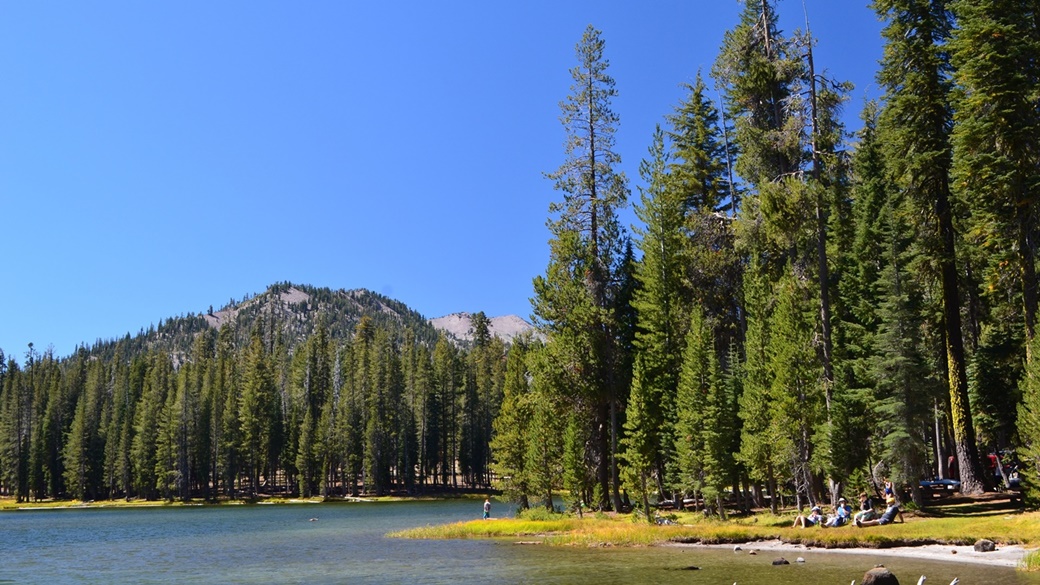
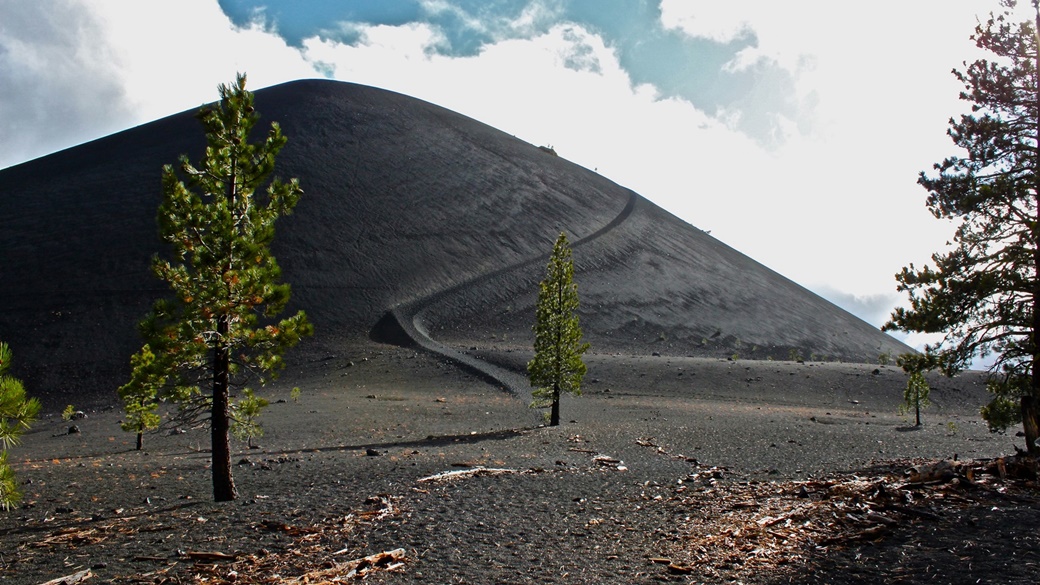
US National Parks
- National Parks of the USA – Map, List and Annual Pass
- America the Beautiful Pass 2025 – How It Works, Cost & Parks
- Timed-Entry Reservation for US National Parks (2025 GUIDE)
Travel Guides to USA National Parks

 10 Best Photo Places in the USA
10 Best Photo Places in the USA




Contribute with Your Question or Personal Experience